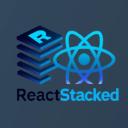
React Native Vs Flutter: Which Rules Mobile In 2025?
Compare react native and flutter in 2025: performance, development speed, and ecosystems for mobile app success.

0
0

Compare react native and flutter in 2025: performance, development speed, and ecosystems for mobile app success.
